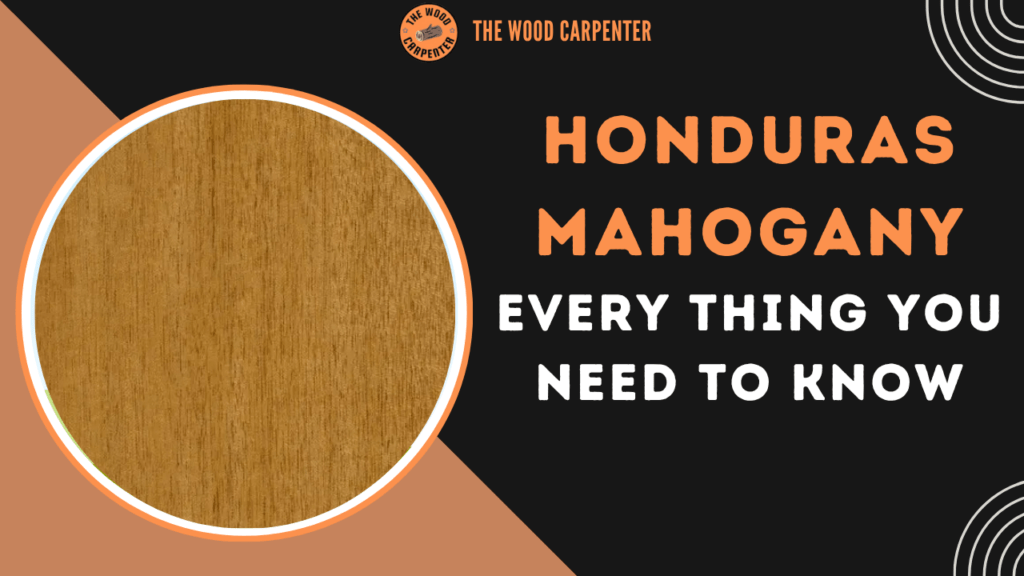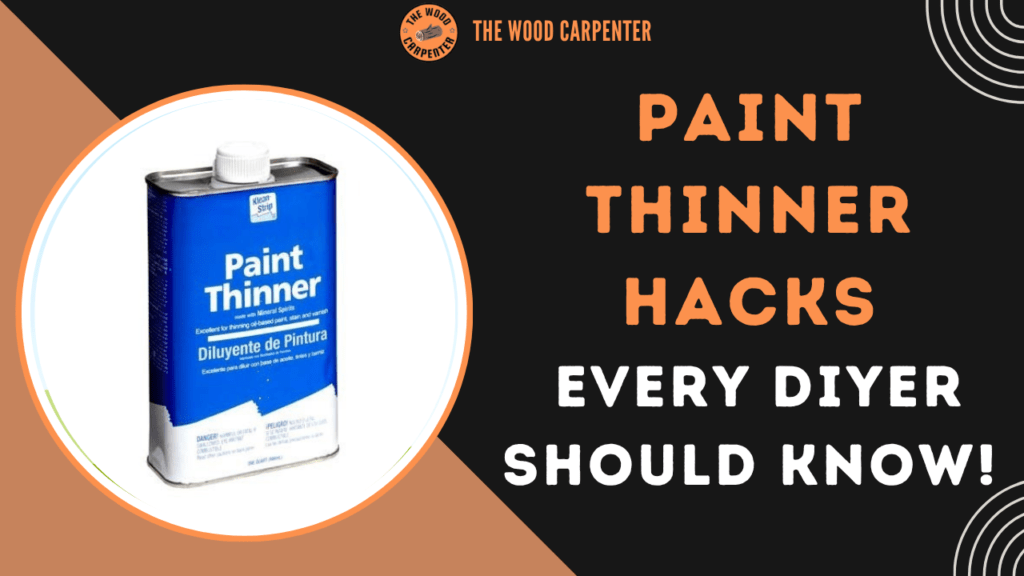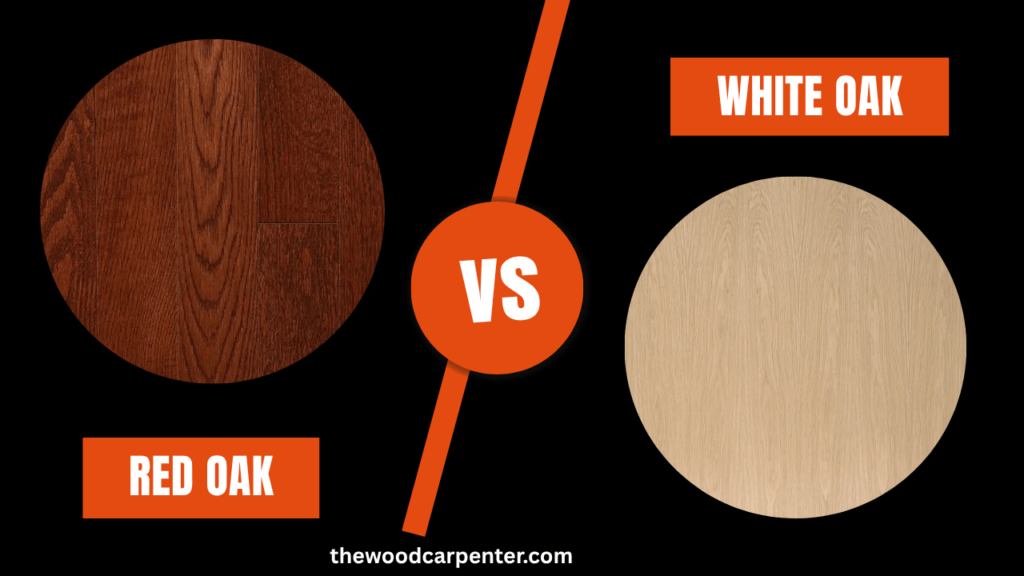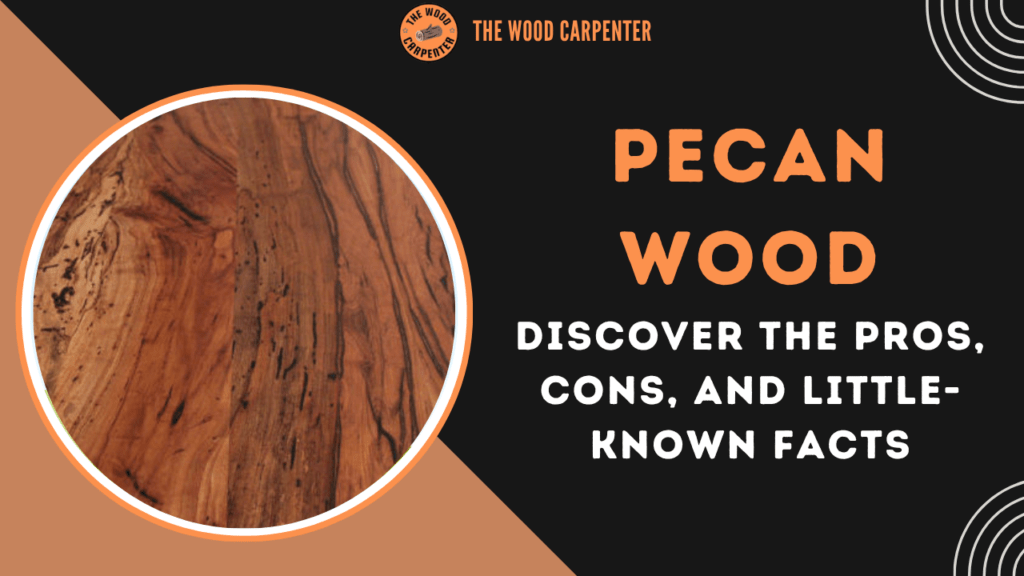If you’re searching for the best wood carpentry blog website to learn and explore the world of wood, then you have landed at the right place. TheWoodCarpenter.com is where beginners, carpenters, handyman and DIY lovers come to grow their skills and turn ideas into wooden masterpieces.
Start with the Basics
You want to learn the basics and improve your carpentry techniques but don’t know how to start? Our site has a complete carpentry guide with handy tips. You’ll find simple instructions, tool advice, and easy projects. We also share carpentry teaching resources, which are written in plain words, such as the beginners guide to carpentry, for anyone who wants to start building with wood. Visit our Wood Selection page to pick the right material for your first or next project.
Easy Projects for Starters
Just starting out? Try one of our beginner woodworking projects that are easy, budget-friendly, and great for practice. You’ll also get useful wood carpentry information, like tool tips and safety steps. Visit Wood Types to explore the best wood for your needs
Beginner-Friendly Learning
Whether you’re just starting with woodworking, our beginner section is the perfect place to begin. It includes simple lessons, basic repairs, and easy DIY projects that anyone can try. You’ll find clear carpentry information, along with helpful carpentry tips and tricks for beginners that explain each step. These are made to help you learn how to work with wood using clear instructions and real examples. Visit our Wood Working Tips category for practical advice and techniques to build your confidence.
Get Creative with Wood Crafts
If you enjoy being creative, explore our fun and simple wood craft ideas for all ages. From small decorations to custom gifts, we’ve got you covered. You’ll also find fresh wood carpentry ideas and projects for every skill level. Don’t miss our Wood Finishing section to give your projects a smooth, clean look.
Upgrade Your Home with Wood
Looking to improve your space? Our Home and Garden section includes home carpentry ideas for small upgrades, DIY furniture, and backyard projects. We make it simple and fun to build things that fit your home perfectly.
At TheWoodCarpenter.com, we’re here to convert your woodworking into wonders!





